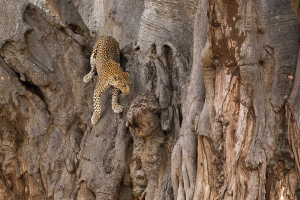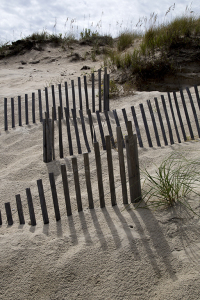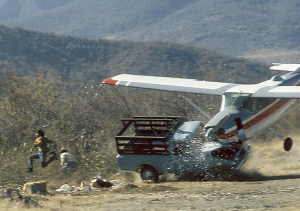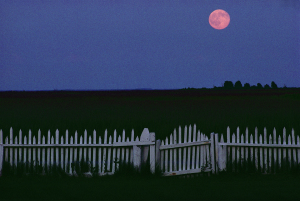Many times when we are traveling we are in someone else’s control. This can be a good thing, as when we are on a vacation we are not interested in dealing with the minutia of our trip. On the other hand, if a tour is “prepackaged”, chances for unique photography are diminished.
Here is my take on packages. You pay an extra 15 to 20 % to have a company put together a tour for you. Normally, on this tour you will be with others that you do not know (sometimes, in the case of cruise ships, thousands that you do not know).
The tour operators set an “all inclusive” agenda and include the major sites, but usually this means that you will be informed of where you will stay, when to get up, when the transportation leaves the hotel, when the transportation leaves the attraction, etc. You could customize the trip with the tour operators, but the cost may be prohibitive, as they are able to get “group rates” with larger numbers of tourists following the same itinerary. A guided tour is usually homogenized and abbreviated to fit what the tour operator feels is best for their clients, with little input from the client.
Many people think that Bed and Breakfasts are sub-par to hotels. Au contraire! They will help integrate you into the general community at the locale where you are staying. The proprietors will give you tips on places to eat, what cultural events are taking place, etc. Best of all, if you want them to, they will engage you at breakfast or in the evening to discuss history and local politics, problems in their country and the perceived differences between their county and yours. The conversation will also help break down the stereotypes that you may have about their city/country. Invigorating!
Look for Local Connections
“My daughter is in the Peace Corps in Bangwanaland, and loves it!” This comes from an acquaintance of yours. So, what is her email address? Would she mind if you contacted her about local conditions/customs? Does she know a local guide and/or a great place to stay?
A friend says, “I climbed Mt. Kilimanjaro two years ago”. You say, I am going in October. Can I have lunch with you and find out some of the “dos and don’ts”? Perhaps you can stay with a friend that they know. Implicit in your request can be the possibility that they can stay with you while visiting your town.
Personal Examples
Following are several illustrations of how a local helped me in my quest for unique subject matter to photograph.

All Night Tango Dancing
We arrived at our Bed and Breakfast in Buenos Aires and during the course of the conversation with our host, we asked about a particular café that featured tango dancing. He said that he knew of the place, but it was a bit touristy. “Tonight, I am going to a community center where I am learning how to dance the milonga, and they also teach tango. Why don’t you ride the local bus with me and take a class? A tango band arrives at 11:00 PM and we dance until 4:00AM” Of course it was marvelous.

Suck ‘Em Up Lava Tube
I was on assignment in Hawaii and I needed to photograph a lava tube that entered the water. Ancient Hawaiians used these caves for rituals and burials. Where could I find a tube that had a somewhat restricted entrance but had plenty of light? My local contact said that I should check out the “Suck ‘Em Up” lava tube. Hmmm..Why do they call it that? Come to find out that if you are too close to the surface in a particular area of the tube, you get sucked out through the blowhole at the top! A fine image, but you had to know where to go.

Lion Cubs in the Serengeti
On a recent Photo Safari, we were watching a lioness and her cubs for nearly an hour. She started to lick them, one at a time. The guide from Duma Explorer, Wilson Shange, said that because of that behavior, she was either going to take them down to the river, or bring them over to lie in the shade of our truck. Within two minutes, she got up and took them to the river.
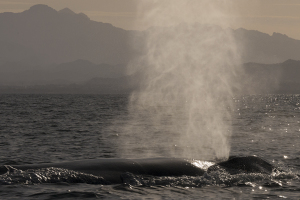
Blue Whale Blowing
We were searching for blue whales in the Loreto Bay in Baja, Mexico. After some time, we found a male and moved near him, only to watch him sound. The boatman/guide immediately set his watch for 10 minutes. He then moved our small panga into the general area where he thought the whale would surface and killed the boat engine. After 9 and half minutes from when he set his watch, he started the engine. At the ten-minute mark, the whale surfaced nearby and we raced to the location for several minutes of photography until the whale sounded. The guide set his watch for 10 minutes, and we moved to where he thought the whale would surface.
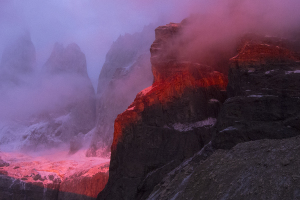
Sunrise in Patagonia
In Patagonia, we were on the last day of the famous “W” hike in Torres del Paine National Park. The hutmaster said that we needed to get up at 4:30AM and he would have a cold breakfast set for us. Then we needed to climb about 2,500 feet to arrive at a viewpoint overlooking the mountain and a glacial pool. At 6:05 AM we completed the climb and five minutes later were rewarded with a spectacular sunrise.
Many tourists who are succumbing to a package tour, or do not engage the locals are not able to capture images that are not hidden, but local knowledge is necessary for a stranger to find them.
Engage the population to enhance your travel photography experiences.
